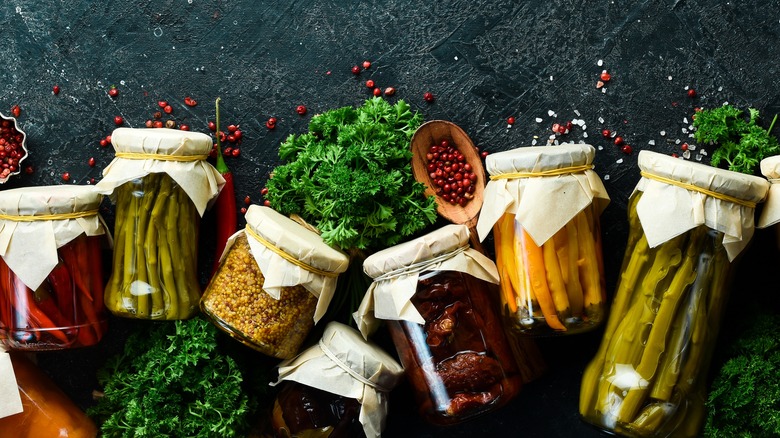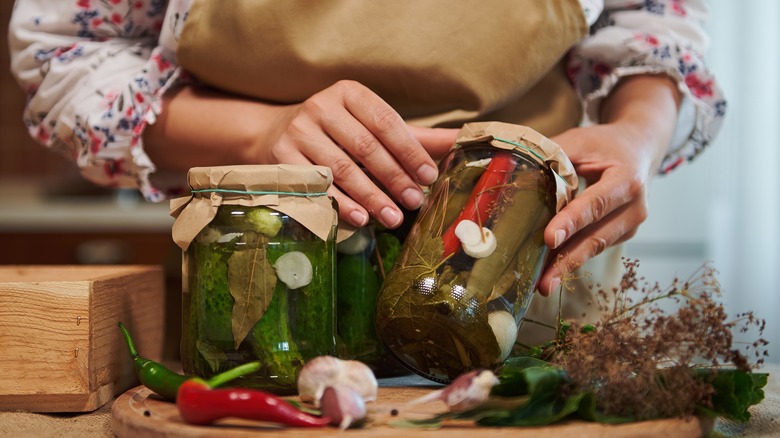Why You Should Think Twice Before Inversion Canning
Whether you have your own garden filled with fresh produce or you are a fan of homemade jams and jellies, at-home canning is a great way to preserve food. Not only for preservation purposes, but canning food also allows you to enjoy off-season food year-round. While bottling food yourself at home does take some research and preparation, it can stock up your pantry and also makes for great gifts. Having a pantry full of jars filled with delicious food is always convenient whenever you need them.
While the canning process is age-old, many families will pass down their preferred form of preservation. In theory, this may sound great; however, with modern-day science, there are some approaches that should be avoided. Inversion canning is, unfortunately, one of these. Some people may think, "Well, nothing bad has happened yet," but that does not mean that you should do it. This method was recommended up until after World War II but has since been proven unsafe (via Healthy Canning). So, why is inversion canning not advised anymore?
Why inversion canning is a no-go
According to South Dakota State University Extension, inversion canning is a bottling method where food is boiled before being added to a clean jar. After adding the hot food, the lid is secured. Immediately following, the jars are inverted or turned upside down. It was believed that the hot food would sterilize the seal and push air out, creating a vacuum as the can cools, but unfortunately, this theory does not hold true and the food is not hot enough for long enough to work properly.
Healthy canning also notes that while a seal is usually created during inversion sealing, it is not strong enough to be long-lasting. This, in turn, can lead to unseen mold leading to a potential spread of botulism spores and possibly listeria or salmonella. So, while your grandmother might have always inverted her cans, we think it's time to move away from this method. Instead, PennState Extension recommends pressure canning, water bath canning, or atmospheric steam canning — all of which have been scientifically tested and approved. If you have any extra produce at home, be sure to give canning a go. Just make sure you use a safe method.

